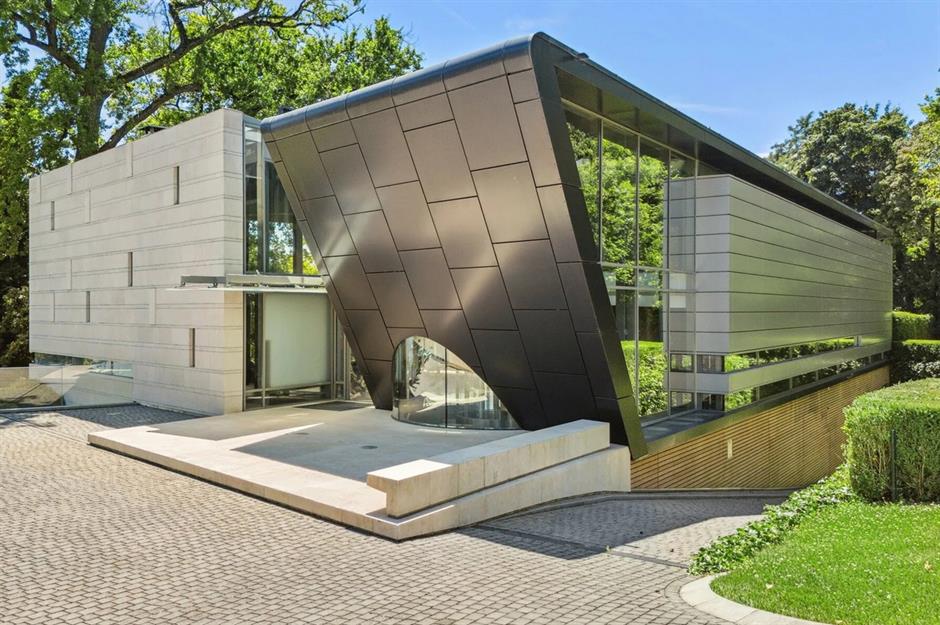
Outdoor spaces are more than just patches of grass or areas for plants; they are extensions of the home that provide comfort, beauty, and functionality. Landscaping is one of the most effective ways to transform a yard into an inviting environment that enhances daily living while adding long-term value to a property. With thoughtful design and the expertise of professionals, landscaping can redefine the character of any outdoor area.
The Importance of Landscaping in Modern Living
Landscaping is more than decorative greenery; it is an essential aspect of creating balance between nature and human-made structures. A well-designed yard adds a sense of harmony to a property, complementing architectural features while blending seamlessly with the natural environment. Homeowners who invest in landscaping often discover that it enriches their lifestyle in ways they hadn’t anticipated.
The right landscaping plan contributes to improved curb appeal, which is often the first impression a visitor or potential buyer notices. A lush, carefully maintained yard communicates care and pride in ownership. Beyond aesthetics, landscaping can also improve functionality by creating outdoor living areas, shaded retreats, or pathways that guide the flow of movement. It is this combination of beauty and purpose that makes landscaping such an integral part of modern home design.
Landscaping also has a direct connection to wellness. Green spaces reduce stress, promote relaxation, and encourage outdoor activities. A garden or landscaped yard often becomes a gathering space for family and friends, promoting stronger social connections. For homeowners, landscaping is not just about appearance but about creating an environment that fosters both health and happiness.
Professional Landscaping and Its Benefits
While some homeowners enjoy handling yard projects themselves, professional landscaping offers advantages that go beyond what can typically be achieved with DIY methods. Professionals bring years of training and an eye for design, ensuring that every plant, pathway, or structural element is strategically chosen to enhance the property’s appeal.
One of the primary benefits of professional landscaping is customization. Every property has unique challenges such as uneven terrain, limited space, or soil conditions that require expertise to overcome. Landscaping specialists analyze these factors and create plans that maximize the potential of the space. Their approach ensures the right plants are chosen for the climate, reducing long-term maintenance issues and increasing sustainability.
Another advantage is efficiency. Large projects such as building retaining walls, installing irrigation systems, or designing patios can be overwhelming for homeowners. Professionals handle these tasks with the right tools and knowledge, completing them more quickly and effectively. Their expertise also helps avoid costly mistakes, such as improper drainage or plant placement that could harm growth.
Professional landscaping also contributes to property value. A well-maintained and beautifully designed outdoor space can increase a home’s market appeal and justify a higher asking price. Real estate professionals often highlight landscaping as a feature that sets one property apart from another, particularly in competitive markets. Investing in professional landscaping is therefore both a lifestyle improvement and a financial decision.
Creating Outdoor Spaces with Style and Functionality
The art of landscaping lies in the balance between style and functionality. A professionally designed landscape combines visual appeal with practical use, transforming a yard into a versatile extension of the home.
Functional spaces often include areas for dining, lounging, or recreation. For example, a patio surrounded by thoughtfully arranged plants creates a serene dining spot, while open lawns provide room for children to play. Pathways made of stone or brick guide visitors naturally through the garden, adding structure to the layout while making the yard more accessible.
Aesthetic elements are equally important. Plants with varying colors, textures, and seasonal blooms create dynamic visual interest throughout the year. Water features such as fountains or ponds add movement and sound, enhancing the tranquil atmosphere. Lighting plays a critical role in extending usability into the evening, while also highlighting the beauty of trees, flowers, and architectural details.
Sustainability has become a major consideration in modern landscaping. Homeowners and professionals alike are incorporating eco-friendly practices such as drought-resistant plants, native species, and efficient irrigation systems. These not only reduce water consumption but also promote biodiversity and resilience. By blending beauty, practicality, and sustainability, landscaping becomes a holistic approach to creating outdoor environments that thrive.
The Role of Seasonal Landscaping
Landscaping is not a one-time task but an ongoing process that evolves with the seasons. Spring is often a time for planting and refreshing garden beds, while summer requires upkeep and irrigation to maintain growth. Fall landscaping includes preparing plants for cooler temperatures and incorporating seasonal colors, while winter care often involves protecting delicate plants and maintaining hardscapes.
Professional landscapers understand how to plan for year-round beauty and functionality. They design outdoor spaces that change gracefully with the seasons, ensuring the yard remains appealing throughout the year. This attention to detail keeps outdoor spaces alive, engaging, and enjoyable no matter the time of year.





More Stories
Futuristic House Design Concepts That Wow
Traditional House Design Ideas That Stand the Test of Time
Eco Friendly House Design Ideas for Sustainable Living